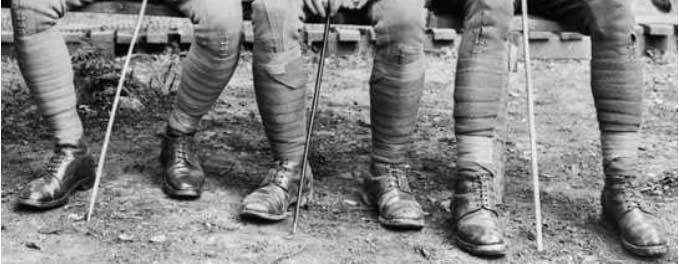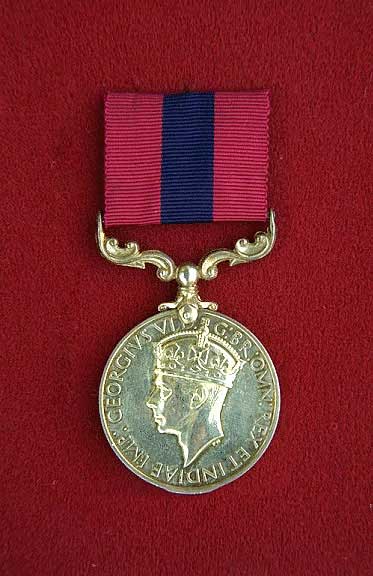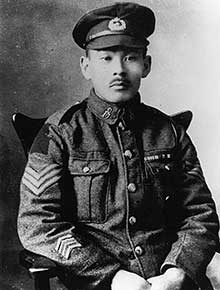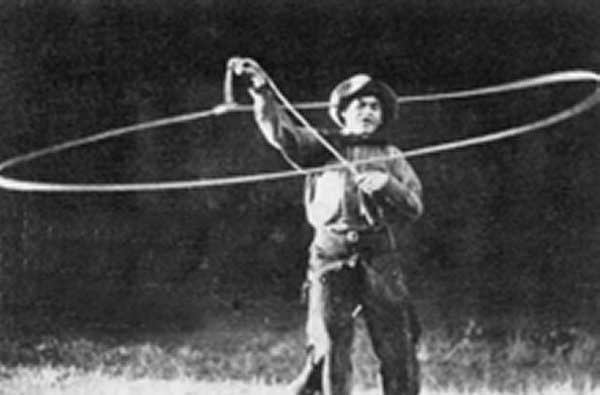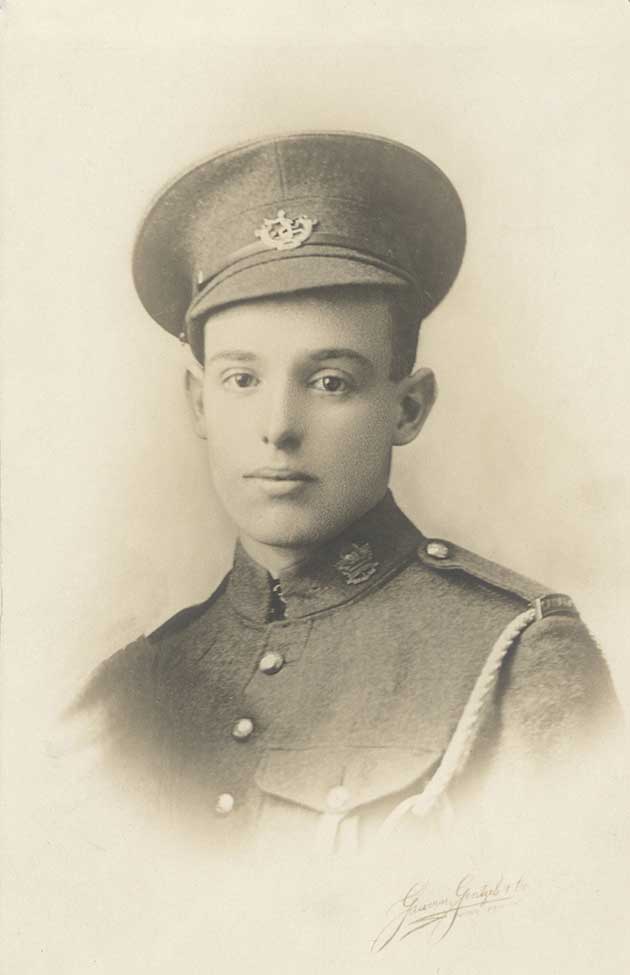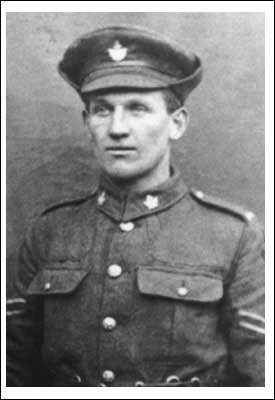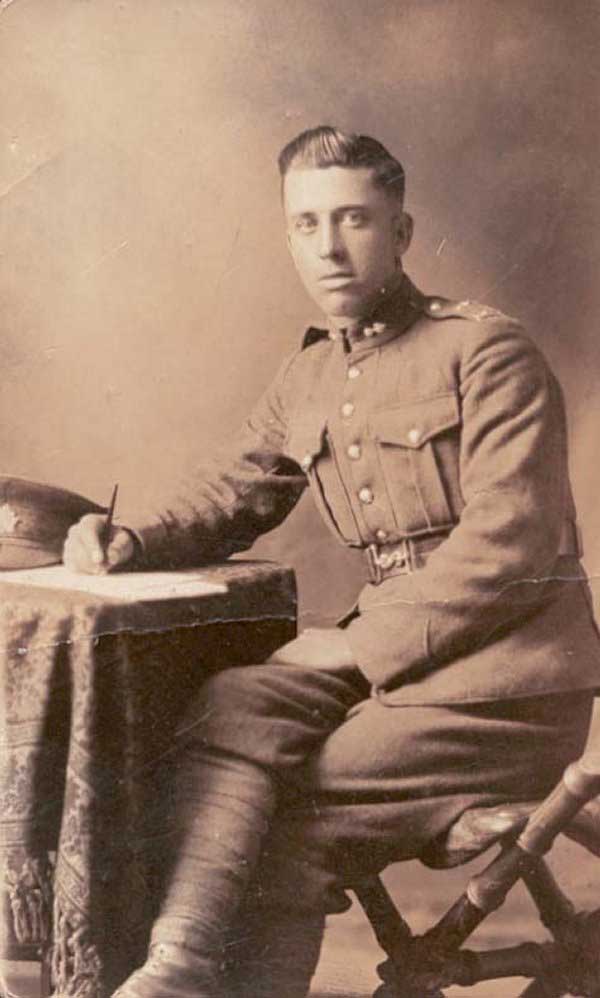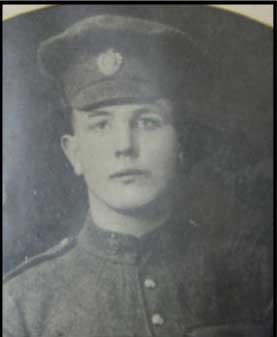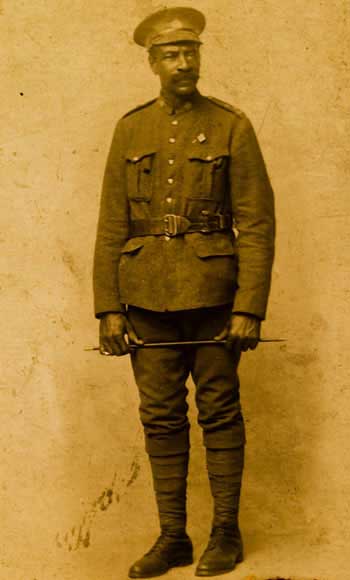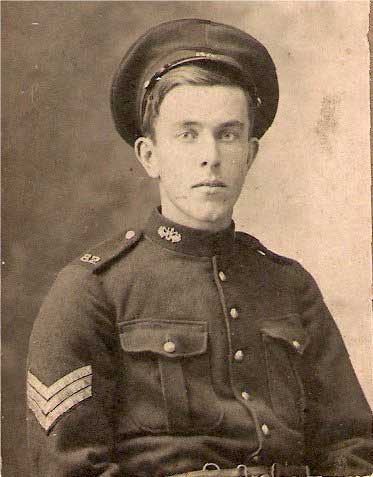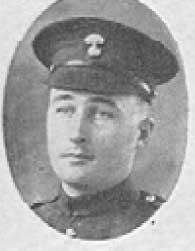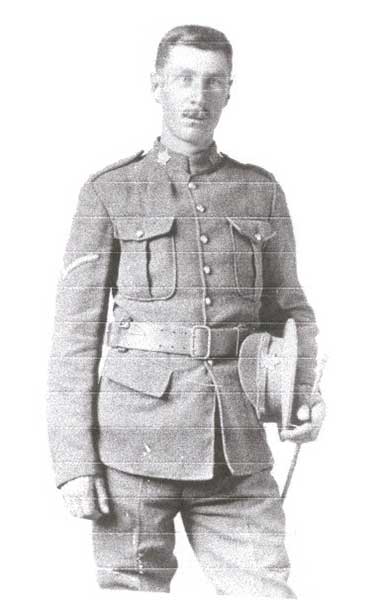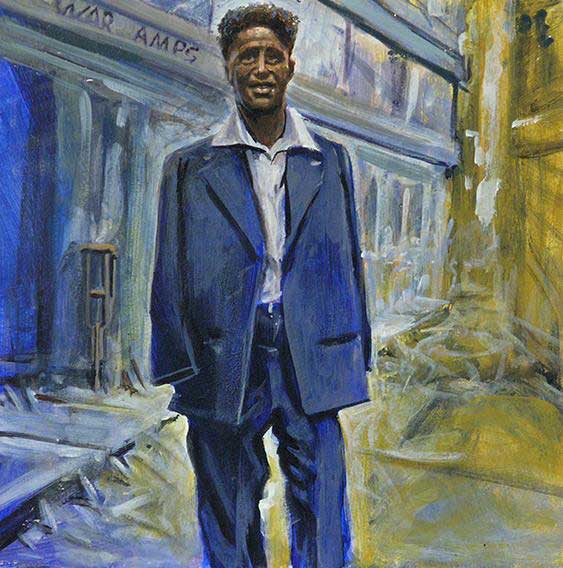Civilian Shoes to Combat Boots
This publication is available upon request in alternate formats. PDF Version
The Battle of Vimy Ridge, fought in northern France from April 9-12, 1917, was a great victory for Canada and was the first time that all four Canadian divisions served together in a battle. There were students, businessmen, ranchers from the west, rodeo performers, fishermen, lumbermen, farmers, French Canadians, Japanese Canadians, Indigenous Canadians, Black Canadians and more representing the vast Canadian mosaic. Soldiers from all walks of life proudly traded in their civilian shoes and put on their combat boots to serve at the Battle of Vimy Ridge for our country. Here is a sample of the diversity of Canadians who served:
George McLean
Indigenous soldier George McLean (regimental # 688302) was born in Kamloops, British Columbia. A rancher from the Head of the Lake Band in the Okanagan district, McLean enlisted in the First World War at the age of 41. At Vimy, he launched a daring attack and single-handedly captured 19 German soldiers. For this bravery, he earned the Distinguished Conduct Medal, the second-highest award for gallantry in the war.
Masumi MItsui
Japanese Canadian men had to overcome many barriers to serve overseas during the First World War. One of these determined men was Masumi Mitsui (regimental # 898559). He joined the Canadian Army in Calgary, Alberta, in 1916. He rose to the rank of sergeant and fought in France in the Battle of Vimy Ridge.
Henry Louis Norwest
Henry Louis Norwest (regimental #435684) was a Métis of French-Cree ancestry from Fort Saskatchewan, Alberta, who worked as a ranch hand and rodeo performer. He was also one of the best snipers of the First World War. He earned the Military Medal for his bravery at Vimy.
Roderick Alexander Bannatyne
Roderick Alexander Bannatyne (regimental # 186514) from Manitoba was an undergraduate arts student when the First World War began. He enlisted on October 12, 1915, at the age of 18 and served at Vimy Ridge.
Ellis Wellwood Sifton
Ellis Wellwood Sifton (regimental # 53730) was born in Wallacetown, Ontario. He enlisted in October 1914 and served first as a battalion driver. Before the Vimy battle, he asked to leave this work to “take a chance with the boys in the front line”. At Vimy Ridge, he was awarded the Victoria Cross for his actions.
Georges Bruneau
Georges Bruneau (regimental # 120722) was born in Montreal and enlisted in the 69th Battalion in September 1915 and transferred to the 22nd Battalion in 1916. He was killed in action at Vimy on April 9, 1917.
Henry (Harry) Dibblee Belding
Henry (Harry) Dibblee Belding (regimental # 817009) was born in Hampton, Kings County, New Brunswick. He was one of 8 children. He was 20 years old when he served in the Battle of Vimy Ridge.
Jeremiah "Jerry" Jones
Jeremiah "Jerry" Jones (regimental # 716221), a Black Canadian of Truro, Nova Scotia, enlisted in June 1916. Being more than 50 years old, he had to lie about his age just to join the army. He was sent overseas where he saw combat on the front lines. He was awarded the Canadian Forces Distinguished Service Medallion for his heroic actions in the Battle of Vimy Ridge.
Merrill Augustus Marshall
Merrill Augustus Marshall (regimental # 444330) from the community of Covehead, on the north shore of Prince Edward Island, enlisted at the age of 18 and served at Vimy Ridge.
James Maher
James Maher (regimental # 178121) was born in Marquise, Argentia, Newfoundland, and was 21 years old when he served on April 9, 1917, at Vimy Ridge.
John Trueman
John Trueman (regimental #688085) was born in England and, of his 8 brothers, 6 served in the First World War. John, nicknamed Jack, was the first member of his family to settle in British Columbia. From there, he travelled to the Yukon in search of a fortune, and then worked on the construction of the Grand Trunk Railroad. He served with the British Columbia Regiment at Vimy Ridge.
Ethelbert 'Curley' Christian
Ethelbert ‘Curley’ Christian (regimental # 721010) was born in the United States but eventually settled in Canada where he enlisted in the Canadian Army in 1915. Curley served with the Winnipeg Grenadiers during the Battle of Vimy Ridge.
The Battle of Vimy Ridge was a success due to the careful planning and preparations by the Canadians. Troops from every region and every ethnicity bravely served together. Brigadier General Alexander Ross, the 28th North West Battalion commander at Vimy, later explained his feelings as he watched the Canadian troops advance that morning: "It was Canada from the Atlantic to the Pacific on parade. I thought then...that in those few minutes I witnessed the birth of a nation." The Canadian soldiers were as diverse and different as our Canadian landscape, yet one thing they had in common as they all marched courageously was their combat boots.
Sadly, not all the soldiers returned home to trade in their combat boots for their civilian shoes. Some 3,600 Canadian soldiers lost their lives in the Battle of Vimy Ridge. When we think about the Battle of Vimy Ridge, let’s remember their sacrifice.
- Date modified:
